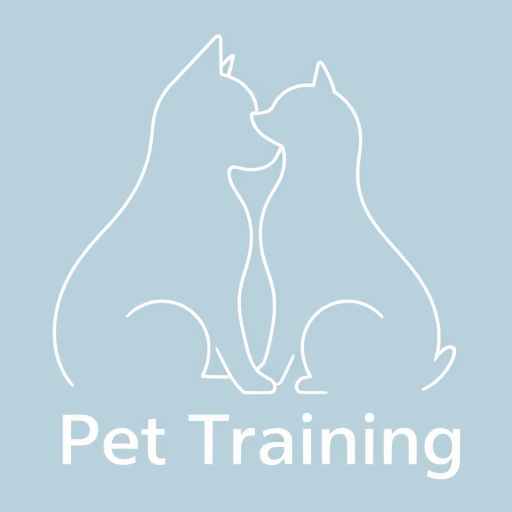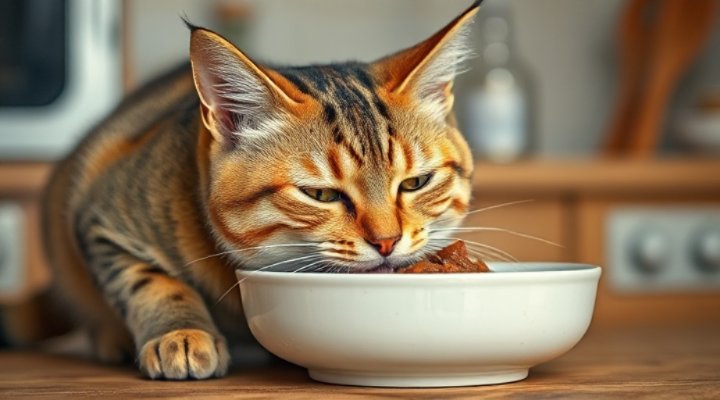Wet cat food offers numerous health benefits for feline wellness, including superior hydration, enhanced nutrient absorption, weight management support, urinary tract health, dental advantages for some formulations, palatability for picky eaters, and overall digestive comfort. This article explores these wet cat food health benefits in detail, providing evidence-based insights to help cat owners make informed dietary choices for their pets. As a cat owner myself, I’ve witnessed firsthand how switching to wet food transformed my senior cat’s health and vitality.

Superior Hydration: The Foundation of Feline Health
One of the most significant wet cat food health benefits is its inherent moisture content. Unlike dry kibble, which typically contains only 6-10% water, wet cat food consists of approximately 75-78% moisture. This is particularly important because cats naturally have a low thirst drive, descended from desert-dwelling ancestors who obtained most of their water from prey. Consequently, many cats don’t drink enough water voluntarily, which can lead to chronic dehydration.
Therefore, incorporating wet food into your cat’s diet ensures they receive adequate hydration without relying solely on water bowl consumption. I noticed this with my own cat, Whiskers – when I switched him to wet food, his skin elasticity improved dramatically, and his energy levels increased noticeably. According to research from the American Veterinary Medical Association, proper hydration supports kidney function, aids digestion, and helps maintain healthy blood pressure in felines.

Enhanced Nutrient Absorption and Digestibility
Another crucial advantage among wet cat food health benefits is improved nutrient bioavailability. The manufacturing process of wet food typically involves less extreme heat treatment compared to dry kibble production, which helps preserve heat-sensitive nutrients like certain vitamins and amino acids. Furthermore, the moisture content and softer texture make wet food easier for cats to digest, especially for kittens, seniors, or cats with dental issues.
For instance, taurine – an essential amino acid for cats – is better preserved in wet food formulations. As the National Academies of Sciences notes, taurine deficiency can lead to serious health issues including vision problems and heart disease. The high-quality protein sources in wet food, often including real meat as the primary ingredient, provide more bioavailable nutrition than plant-based proteins commonly found in some dry foods.
Ideal for Cats with Specific Health Needs
Wet cat food offers particular health benefits for felines with certain medical conditions. For cats with renal issues, the increased moisture content helps flush toxins from the kidneys and reduces the risk of urinary crystals. Similarly, for diabetic cats, wet food typically contains fewer carbohydrates than dry food, helping to maintain stable blood glucose levels. Many veterinary therapeutic diets are available in wet form specifically to address these health concerns, as discussed in our article on Royal Canin Urinary SO for Cats.

Weight Management and Satiety Support
Weight control represents another significant aspect of wet cat food health benefits. The high moisture content means wet food typically has fewer calories per gram than dry food, allowing cats to consume satisfying portions while managing calorie intake. This is particularly valuable for indoor cats with lower activity levels who are prone to obesity.
Moreover, the protein-rich composition of quality wet foods promotes feelings of fullness and helps maintain lean muscle mass during weight loss. I found this especially helpful with my cat who tended to overeat dry food – the switch to measured portions of wet food helped him achieve and maintain a healthy weight. For more on feline nutrition and weight management, our guide to Best Kitten Food for Sensitive Stomach offers additional insights applicable to cats of all ages.
Portion Control Made Easier
The single-serving nature of many wet food products simplifies portion control, which is crucial for weight management. Unlike dry food that can be left out for free feeding, wet food typically requires specific meal times and measured amounts, helping prevent overeating. This structured approach to feeding aligns with cats’ natural hunting and eating patterns, providing mental stimulation and reducing boredom-related eating.

Urinary Tract Health: Prevention and Management
Among the most valuable wet cat food health benefits is urinary system support. Feline Lower Urinary Tract Disease (FLUTD) affects many cats, and dehydration is a significant contributing factor. The additional moisture in wet food helps produce more dilute urine, reducing the concentration of minerals that can form crystals and stones in the urinary tract.
Consequently, cats fed wet food diets typically have better urinary health outcomes. Research indicates that cats consuming wet food have a lower risk of developing urinary issues compared to those on exclusively dry diets. This moisture benefit is particularly important for male cats, who are more prone to urinary blockages that can become life-threatening emergencies. For cats with existing urinary concerns, specialized wet foods like those discussed in our Royal Canin Urinary Cat Food article can provide targeted support.
pH Balance and Mineral Content
Quality wet foods are often formulated to maintain optimal urinary pH levels and contain controlled mineral levels to prevent crystal formation. Many premium wet cat food brands conduct extensive research to create formulations that support urinary health through specific ingredient combinations and nutritional balances that are difficult to achieve in dry food formats.

Palatability and Picky Eater Solutions
Enhanced palatability represents another noteworthy advantage among wet cat food health benefits. The aroma, texture, and taste of wet food often appeal more to feline senses than dry kibble, making it particularly valuable for finicky eaters, recovering cats, or those with reduced appetite due to illness or age.
As a result, wet food can be instrumental in ensuring adequate nutrition intake for cats who might otherwise undereat. The variety available in wet food – from pâtés to chunks in gravy to flaked options – allows owners to find textures and flavors that appeal to their specific cat’s preferences. This variety can be especially helpful for cats undergoing medical treatments that affect their appetite or sense of smell.
Transitioning Between Foods
The appealing nature of wet food makes it useful for transitioning cats to new diets or encouraging eating during stressful situations like moving or introducing new pets to the household. Many cat behaviorists recommend using wet food as a high-value reward during training or as a bonding tool during positive interactions with your cat.
Dental Health Considerations
While dry food is often promoted for dental health, the relationship between food texture and oral health is more complex than commonly believed. Some wet cat food health benefits actually extend to dental care when appropriate formulations are selected. Certain wet foods are specifically designed with dental health in mind, containing textures or ingredients that help reduce plaque and tartar.
However, it’s important to note that no food alone provides complete dental care. Regular veterinary dental check-ups and appropriate dental hygiene practices remain essential for maintaining feline oral health. For cats with dental issues that make chewing dry food painful, wet food provides necessary nutrition without discomfort, as discussed in our article on Chewy Cat Food for Dental Health.
Balancing Dental Needs with Other Health Requirements
For cats requiring both dental support and the hydration benefits of wet food, many veterinarians recommend a mixed feeding approach or specific dental wet food formulations. Additionally, dental treats, water additives, and regular brushing can complement wet food diets to maintain comprehensive oral health.

Choosing the Right Wet Food for Your Cat
Selecting appropriate wet food to maximize these health benefits requires consideration of several factors. First, examine the ingredient list – high-quality wet foods typically feature named animal proteins as the first ingredients rather than vague terms like “meat by-products.” Secondly, consider your cat’s life stage, activity level, and any specific health concerns.
Furthermore, introduce new wet foods gradually to avoid digestive upset, mixing increasing amounts of the new food with decreasing amounts of the old food over 7-10 days. Consult with your veterinarian about the appropriate portion sizes and feeding frequency for your individual cat, as needs vary based on age, weight, and health status. Our guide to Best Kitten Food for Digestive Health provides additional guidance that applies to wet food selection for cats of all ages.
Understanding Label Claims
When evaluating wet cat food options, understand common label terms. “Complete and balanced” indicates the food meets established nutritional standards for the designated life stage, while “grain-free” doesn’t necessarily mean healthier unless your cat has specific grain sensitivities. Look for foods that have undergone feeding trials rather than simply formulated to meet nutritional standards.
Incorporating Wet Food into Your Cat’s Diet
Successfully integrating wet food to maximize these health benefits involves thoughtful implementation. Many cat nutrition experts recommend feeding multiple small meals throughout the day rather than one or two large meals, which aligns with cats’ natural grazing behavior. Always provide fresh water alongside wet food, even though it contains significant moisture.
Additionally, practice proper food handling – refrigerate opened cans promptly and discard uneaten wet food after 30-60 minutes to prevent bacterial growth. For multi-cat households, ensure each cat has access to their appropriate portion without competition, which might require separate feeding stations or scheduled meal times. For more on feline feeding strategies, our article on Healthy Cat Treats Recipes offers complementary information.
Cost Considerations and Budget-Friendly Options
While wet food typically costs more per calorie than dry food, the health benefits often justify the investment. To manage costs, consider mixing wet and dry foods, using wet food as a topper for dry kibble, or purchasing in larger quantities when possible. Many premium brands offer variety packs that allow you to provide diversity without committing to large quantities of a single flavor.
Related Keywords: feline nutrition, cat hydration solutions, urinary health in cats, weight management for cats, senior cat diet, kitten wet food, grain-free cat food, high-protein cat food, veterinary dental diets, prescription cat food, moisture-rich cat food, palatability enhancers, digestive health cats, renal support cat food, diabetic cat diet

